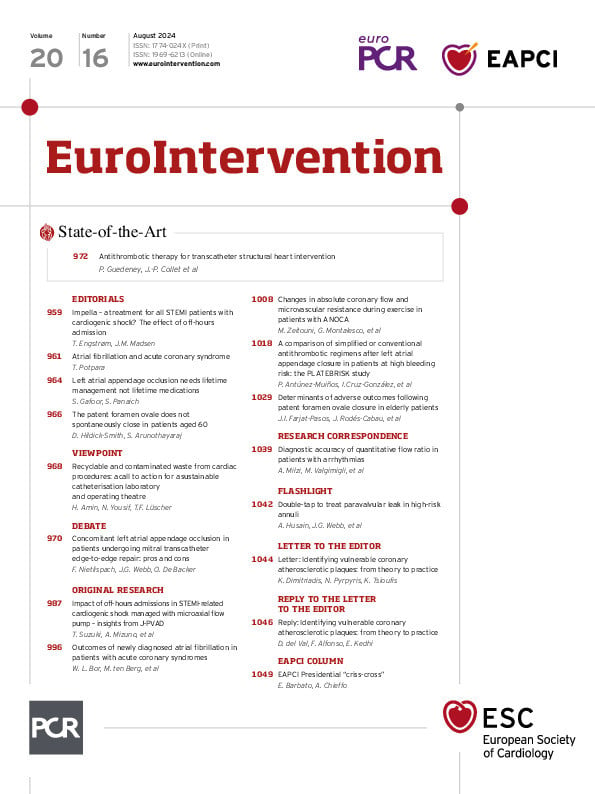Globally, healthcare produces 4% to 5% of the greenhouse gas (GHG) emissions, with a predicted 3-fold increase by 20501. The exponential growth of medical waste contributes to global carbon emissions and poses a significant challenge to environmental sustainability2. Hospitals contribute disproportionately to a substantial carbon footprint, especially in energy intensive areas such as radiology suites, operating rooms, and cardiac catheterisation laboratories (CCLs). The number of cardiac procedures worldwide is increasing, with expanding medical facilities to cater for a growing population. Scarce attention has been given to quantifying and reducing waste from CCLs and cardiac operating theatres (COTs) to help lower the carbon footprint3.
Our CCLs and COTs have a routine waste management protocol in place: all contaminated waste gets collected in designated “yellow” bags, gets shredded, autoclaved, and then placed in disposal bags that go to landfills. Incineration of contaminated waste is another disposal route. Non-contaminated waste including paper, plastics, and cardboard boxes (packaging from balloon catheters, stents, guides etc.) are collected in “green” bags. All this potentially recyclable waste goes to landfills due to the lack of...
Sign up for free!
Join us for free and access thousands of articles from EuroIntervention, as well as presentations, videos, cases from PCRonline.com




